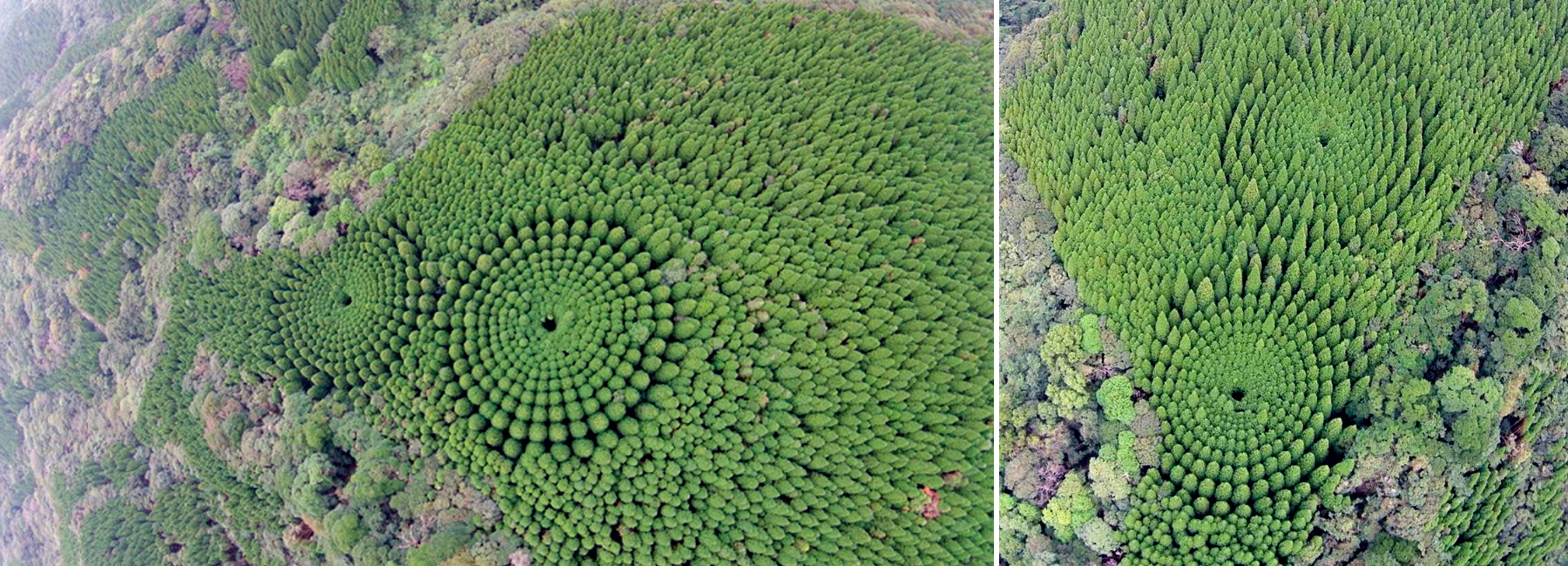|
|
Post by ChrisB on Dec 3, 2017 6:56:48 GMT
Here's a great idea: it's just a nail.
But...
It's a nail that can be used in a pneumatic nail-gun (has to be used with one, actually) that doesn't rust, doesn't react with wood to cause staining, can be sanded or cut with normal woodworking tools without bluntening them. It will take a finish just like the wood it is fastening. It is good for attaching insulation because it won't act as a thermal bridge. It can't be easily removed because it glues itself into place. Joints are just as strong as those with wire nails. It doesn't need a pilot hole. When the wood is recycled, the nail doesn't need to be removed because it won't blunt any machinery in the recycling or subsequent remanufacturing process.
Why?
Because the nails are made of wood!
|
|
|
|
Post by ChrisB on Dec 3, 2017 7:02:39 GMT
The really clever part is the bonding process. The extremely momentarily high temperature caused by the pressures and friction involved, cause the naturally occurring lignin in the wood to plasticise and flow on an inter-cellular basis. When everything cools down, the lignin sets hard and the nail is glued in place - organically 'welded' there.
|
|
|
|
Post by MartinT on Dec 4, 2017 1:01:30 GMT
Nice invention!
|
|
|
|
Post by ChrisB on Nov 23, 2018 19:02:27 GMT
Here's a nifty little tool.
|
|
|
|
Post by Slinger on Nov 24, 2018 15:18:47 GMT
Here's a nifty little tool. That really is a Hell of a tool, and such an obvious method after the fact. Is there a rake attachment? |
|
|
|
Post by ChrisB on Nov 24, 2018 15:49:30 GMT
Yes, all branches are gathered up and heaped ready for effigy and flag burning.
|
|
|
|
Post by ChrisB on Feb 19, 2019 17:21:02 GMT
A silvicultural research experiment was set up in the early 1970s in woodland managed by the Miyazaki District Forest office in Japan. They wanted to see the effect on growth rate of trees planted at a variety of spacings in a plantation. You usually do this kind of thing in replicated square blocks of trees, with different treatments in each block. This experiment was a bit different - they planted 720 cedar trees in concentric circles. Each circle was composed of 36 trees, so that the distance between the trees increased with each progressively larger circle. What normally do is to go in on foot and measure the diameter of each tree and then take height measurements with an angle gauge. And this is what they did...right up until 2016, when they decided to take a look at it with a drone. This is what they saw.  |
|
|
|
Post by Slinger on Feb 19, 2019 17:23:50 GMT
That's fairly mind-blowing, Chris.  |
|
|
|
Post by ChrisB on Feb 19, 2019 17:27:06 GMT
Fab, eh?
I expect any conspiracy theorist scanning the western coast of Japan on Google Earth would have kittens if they saw that!
|
|
|
|
Post by ChrisB on Jan 11, 2023 19:09:07 GMT
It's been a while since I posted anything on this thread, but I've been back to see my 'little' trees that were planted in 2016. You might remember them from this post.  The ones behind this beast are native broadleaf trees, planted on the same day and are growing very well indeed for their species. |
|
|
|
Post by petea on Jan 11, 2023 22:57:51 GMT
Beast! Is that an appropriate way to refer to a colleague?!  You kept the stake I see. |
|
|
|
Post by ChrisB on Jan 11, 2023 23:02:11 GMT
Beast! Is that an appropriate way to refer to a colleague?! ;) Well, he doesn't mind too much, as he's only 4'3" tall, which is actually the real reason why the tree looks so big. |
|